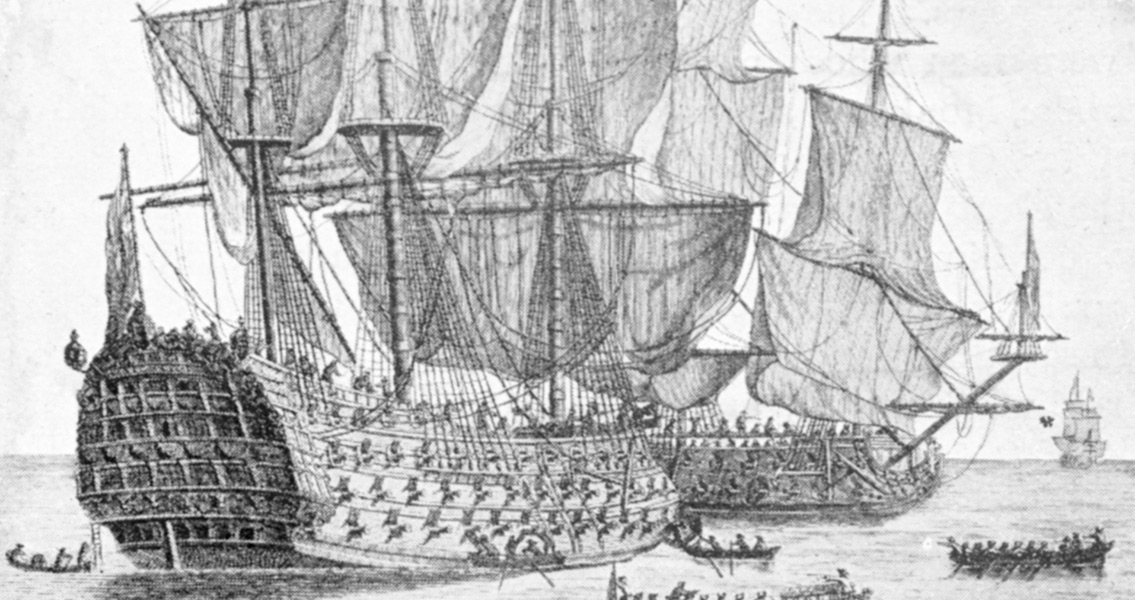<![CDATA[The final resting place of as many as 207 sailors that died in a shipwreck in the early eighteenth century may have been discovered near a popular beauty spot in Cornwall. In 1721, the HMS Royal Anne sank off the Cornish coast near Lizard Point, sending more than 200 sailors to a watery grave. Now, a three-year study has revealed that the bodies that washed up on shore may have been given a burial in a mass grave at Pistil Meadow. The National Trust has plans to excavate the site, according to the BBC. Jim Parry, an archaeologist for the National Trust, told the BBC that in the wake of a geophysical survey conducted in the region there’s evidence suggesting there’s a quite large mass burial pit underground, ostensibly for the bodies of those sailors that died in the storm that sank the Royal Anne. Parry added that the excavation, which is scheduled to take place in 2016, could result in the discovery of skeletal material – and that it could pave the way for the site to be protected and preserved as a gravesite in the future. The Pistil Meadow Valley is one of the very few places near Lizard Point that has a clear access point to the shore, and would have been one of the only places where the victims of the wreck of the Royal Anne could have washed up. Under British law, there was no need to bury the victims of shipwrecks on consecrated ground until 1808, while the Royal Anne was launched nearly a century before that date in 1709. The military transport vessel had set out on a voyage to Barbados, bearing the colony’s new governor Lord Belhaven, before being destroyed in a terrible storm. Lord Belhaven was one of the 207 fatalities from the wreck, which means the possibility that he was interred in the mass grave at Pistil Meadow is quite high. Meanwhile, the wreckage of the ship itself wasn’t found near Lizard Point until the 1970s by divers. The survey of Pistil Meadow was a joint endeavor between not just the National Trust but also the Cornwall and Isles of Scilly Maritime Archaeology Society, the Maritime Archaeology Sea Trust, and Bournemouth University. There were only three survivors of the wreck of the Royal Anne, which was considered a “fifth rate” ship of the Royal Navy, and was one of the last fighting ships to feature oars. She was armed with 42 guns situated across two decks; frigates of this kind were often considered to be attractive postings by sailors, likely because the vessels were fast and maneuverable, which led them to be assigned to disrupt enemy shipping lanes quite often. Such an assignment often included the possibility of prize money being earned by the crew for successful interdiction attempts, especially during the height of the Age of Sail in the early eighteenth century when the competition for resources between major European powers such as the British, the French, and the Spanish was in full swing.]]>
Final Resting Place of 207 Sailors May Be in Cornwall
